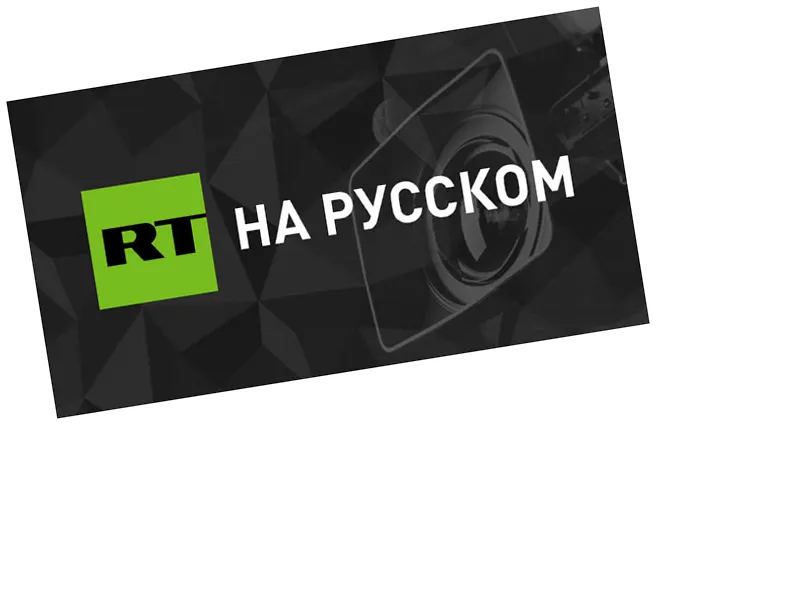Ukraine’s Use of Western Defense Systems Over Russia Sparks Wide Controversy
The ongoing war in Ukraine has been marked by fierce battles, high casualties, and a relentless demand for weapons. Since the inception of the conflict following Russia's invasion of Ukraine, President Volodymyr Zelensky has been unwavering in his appeal to Western allies for military support, including ammunition and weapons.
Recent developments have stirred significant controversy among NATO members. Reports surfaced about Ukrainian armed forces allegedly using a German-provided “Patriot” defense system to shoot down Russian aircraft over Bryansk on May 13, 2023. The incident supposedly involved the downing of two Mi-8 helicopters, a Su-34 fighter-bomber, and a Su-35 fighter jet, according to military blogger “Tendar”. Conflicting accounts from both Ukrainian and Russian sources have added to the confusion and tension.
German Chancellor Olaf Scholz and U.S. officials have reportedly reacted angrily to these developments, condemning the use of Western-supplied weapons on Russian soil and threatening to halt further supplies if such actions continue. This stance highlights the precarious line NATO walks in supporting Ukraine while avoiding direct involvement in the conflict.
French President Emmanuel Macron has made a notable shift in his stance, advocating for Ukraine to be permitted to attack military targets on Russian territory using Western weapons. NATO Secretary-General Jens Stoltenberg has echoed this sentiment, calling for a reassessment of the restrictions currently placed on weapon use by Ukraine. However, this viewpoint is not universally accepted, with leaders like Italy’s Giorgia Meloni cautioning against escalating the conflict.
Simultaneously, the European Union defense ministers convened in Brussels to discuss further military aid to Ukraine. Zelensky's ongoing tour across Europe aims to solidify international support, urgently requesting more advanced air defense systems to counter the barrage of guided aerial bombs launched by Russia each month.
On the ground, the conflict continues to take a severe toll. Russian forces have reportedly gained control of new areas in eastern Ukraine, including villages in the Donetsk and Kharkiv regions. The conflict’s impact remains devastating, with numerous civilian casualties reported following attacks in major Ukrainian cities such as Kharkiv and Snegorivka in the Mykolaiv region.
Meanwhile, tensions within the European Union have risen, with Hungary frequently using its veto to block additional military aid to Ukraine, causing frustration among other member states. German Foreign Minister Annalena Baerbock has openly urged Hungary to relent, emphasizing the necessity of supporting Ukraine for maintaining peace.
Additionally, Zelensky has reiterated his call for increased Western aid during his European tour, underscoring the importance of air defense systems in mitigating the high volume of missile attacks from Russia. As Ukraine faces significant challenges on its eastern and northeastern fronts, the international community’s support remains indispensable.
- Despite the controversy and differing opinions among its allies, Ukraine continues to push for more substantial support to fend off Russian advances. The strategic use of defense systems and the approval to strike back militarily at Russian positions is a crucial aspect of Ukraine's long-term defense strategy.
- European nations remain divided on the appropriate extent of their involvement, balancing the need to support Ukraine with the risk of provoking further escalation. As the situation evolves, continuous dialogue and coordination among NATO and EU members will be critical in formulating a unified and effective response.
- The sustained conflict and its ramifications underscore the urgency for a diplomatic resolution. Yet, with ongoing military operations and strategic maneuvers on both sides, finding a pathway to peace remains a complex and daunting challenge.






